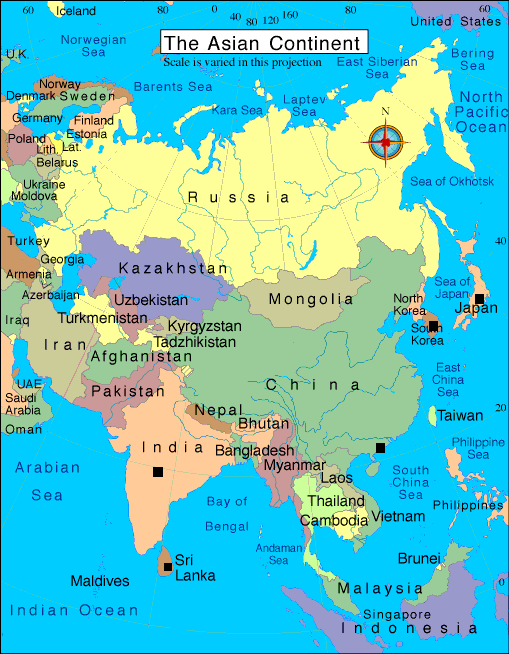
Political
History and Its Impact on Political Development Today
Oriental
Despotism
Dynastic Rule
No experience with democracy before 20th Century
No "natural rights" tradition
Eastern
Religious Traditions
South - Islam, Hinduism
East - Confucianism, Taoism, Buddhism, Shinto
Hierarchy, natural order
traditional societies
no "reformation"
Until 20th C
Communism
rapid industrialization
mass migration (rural to urban; transnationally)
Colonialism - See map 23 in Student
Atlas
negative experiences with "contact
with the West"
insularity, xenophobia
import substitution vs. export led growth

Magstadt
calls Asia the most diverse region in book
Diverse
in what senses?
Ethnically
see Map 24 in Student Atlas
linguistically - see Maps 9, 25 in Student Atlast
religiously/culturally - see Map 8 in Student Atlas
Islam, Hinduism, Buddhism,
Taoism, Confucianism, Shinto
Geographically
Central Asia Republics (of the FSU)
Kazakstan, Uzbekistan, Turnmenistan, Tajikistan, Krygyzstan
South Asia
Afghanistan, Pakistan, India, Bangladesh
Southeast Asia
Myanmar, Thailand, Laos, Cambodia, Vietnam, Indonesia, Malaysia,
Philippines
North and East Asia
Russia, China, Mongolia, Japan, Korea
Developmentally
The region includes economically advanced Japan and some of the
poorest
countries in the world
Development
Categories (see
pp. 311-316)
Japan –
advanced,
industrialized country
In a category
of its own
for the region with the world’s second largest economy
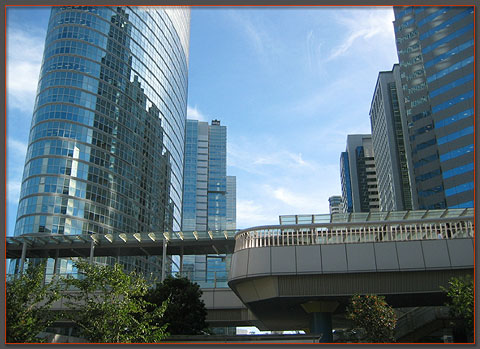
Newly
Industrialized Countries
(NICs)
Also
called the Asian
Tigers or Little Dragons
Taiwan, Hong
Kong
(China)
Singapore,
South
Korea (see table p. 312)
Patterned on
Japanese Model
Export-led growth
State-directed investment
Investment in
human capital
Export processing zones
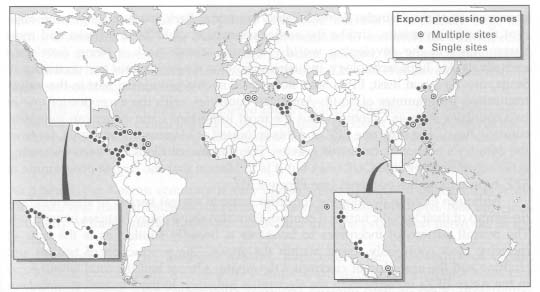
Newly Exporting Countries
(NECs)
Indonesia, Malaysia,
Phillipines,
Thailand, Singapore
Less
Developed Countries
(LDCs)
Poorest of the poor
– the
south
Myanmar, Bangladesh, Laos,
Cambodia, Vietnam
Results of State-led, Export Oriented Economic Growth
See Table 8.1
Uneveness of
growth across region - See Table 7.4
Political
Regime Types in Asia
Democracies
Japan, India, Sri Lanka, Philippines,
Most developed, stable Japan
but note tendency toward single party rule of the
Liberal Democratic Party
India
also single party rule under the Congress Party
Authoritarian
tendencies
Singapore
Marxist-Leninist
states
People's Republic of China, North Korea,
Vietnam, Laos
Balancing
Economic Development with Pressures for Democratization
Democracy
movements over the 1980s and 90s in the Philippines, South Korea,
China, Indonesia

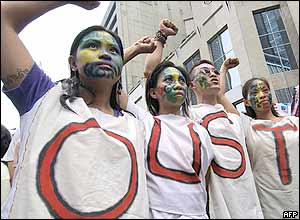
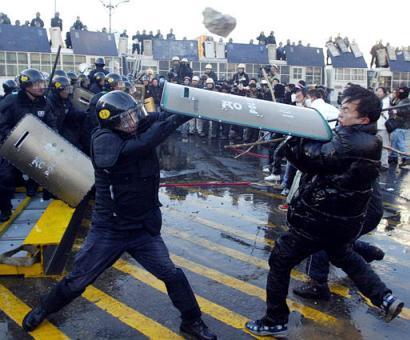
Site on Tiananmen Square Massacre
Demographic
Challenges
See Map 7 in Student Atlas
Population
explosion as a by-product of development
longer life expectancy
lower rates of infant mortality
Story on
Child Poverty in Asia
Separatist
Movements/Ethnic Conflicts
Indonesia (East Timor), Sri Lanka, India